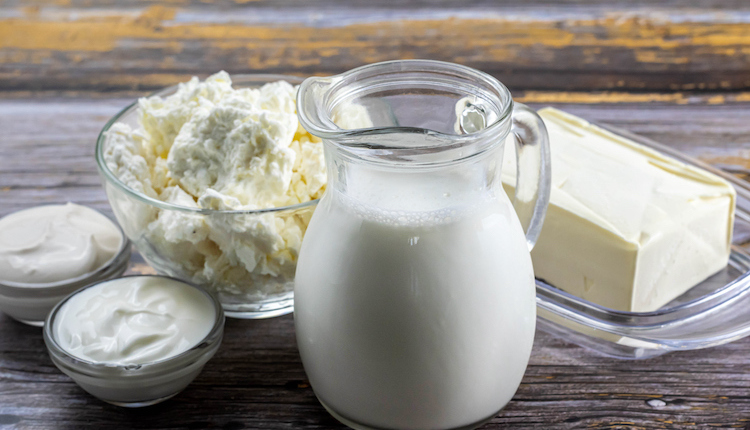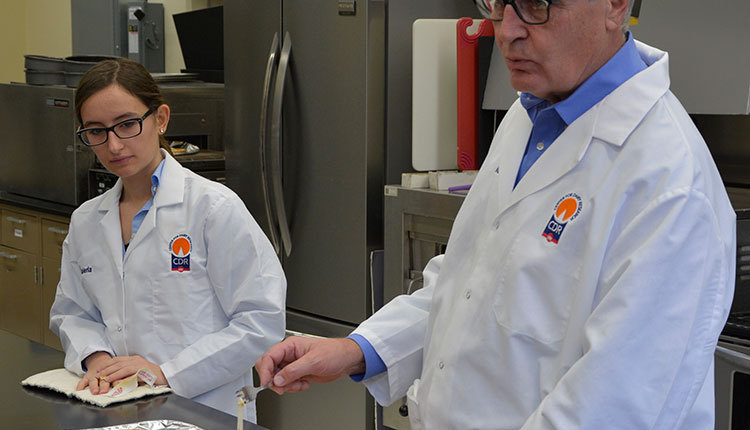
For more than three decades, the checkoff-funded Dairy Foods Research Centers network has operated with a purpose of making every drop of milk more valuable for our dairy farm families while meeting ever-growing consumer demand for sustainably produced food.
There is a long history of success across many aspects of dairy product research, including a focus on converting low-value waste streams into something valuable. Most notably is the story of whey protein, which our network helped turn from a by-product that was mostly fed to pigs or spread on fields years ago into a $10 billion global health and wellness category.
So, what is the next whey success story?
For the dairy industry, there is no shortage of co-products that can be upcycled, converted, and used for microbial fermentation or bioconversion into desirable products. For example, permeate and acid whey are on the radar of the research network, which has oversight from the Dairy Management Inc. research and product science team led by Emil Nashed.
The entire dairy supply chain has interest in permeate and acid whey as they are expensive to process because of their low value. They also present environmental disposal challenges.
However, I’m encouraged at the progress that is being made thanks to efforts across the six dairy centers and many universities that comprise the research network. As true scientists, they see the potential within permeate and acid whey, and they are working to unlock the benefits of these lactose-rich by-products.
Each partner has been tackling unique solutions that can bring value to the supply chain, including to farmers, and continue adding to our industry’s history of sustainable practices. I’m proud to share their commitments and progress to a global audience as moderator of a panel discussion titled “Upcycle Processing of Dairy By-Products – Closing the Loop” at the International Dairy Federation World Dairy Summit, October 16 to 19 in Chicago.
I’ll be joined by top researchers in this space, who will dive into specifics on opportunities for using dairy co-products for producing bioplastics, biofuels, and renewable green chemicals. These streams also are being upcycled to produce novel ingredients that can be used in consumer goods such as electrolyte beverages.
The ultimate step for scientists, of course, is when their research is applied in the commercial marketplace. We have a great track record starting with the whey story. We’re excited about adding the next chapter.








